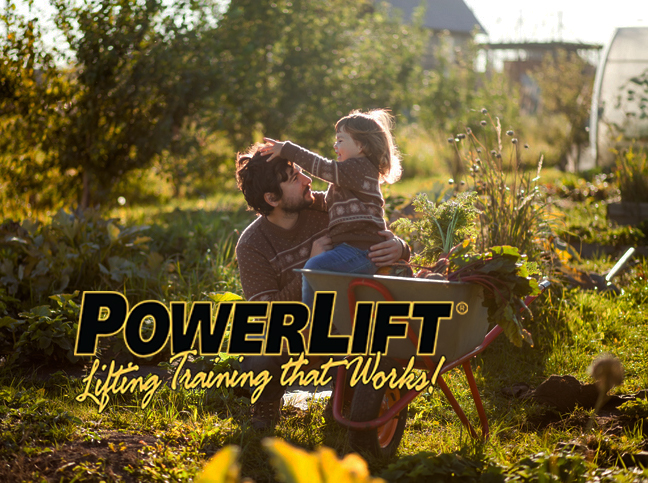Why limit safe lifting training to the workplace? Good lifting habits are a lifestyle and have global impact. That is to say, the habits aren’t left at the workplace after the shift is over. At work, the employee benefits from the peer-trainer relationship. He or she adopts and practices safe material handling methods, and stays healthy at work. The employee trains others to lift correctly. So, as the adoption of safe and effective lifting techniques catches on, expect to see a decrease in injuries. This translates to a reduction in the number of sick-days or injury-related time off. With that, expect a noticeable increase in both efficiency and productivity. In the long-term, the benefits at the workplace become naturally apparent. The greater difference, however, might be more visible for those who are directly impacted by a safe lifting training system that works away from work. Kevin tells the story of an employee who became a peer-trainer and safety coach:
“[The employee] came to me in tears one day. Her mother had suffered from back issues for decades and was unable to lift any weight without severe pain and discomfort. Because the employee was trained to coach others in safe material handling, she taught her mother how to lift in a way that was safe and effective. As a result, her mother lifted and cradled her infant grandson for the first time since he was born. She had previously been deprived of this experience due to the pain.” – PowerLift Client
An effective material handling system is universally applicable and transferable. One of the best ways to create success around your safe lifting training is to encourage employees to use the techniques in their lives. Consider: our daily lives are full of opportunities to practice lifting safely. A full gallon of milk weighs about 10 lbs. And most of us bend to reach into the fridge to get it. Grocery bags are designed to hold up to 38 lbs of groceries, and we reach into either the trunk or the back seat to load and unload the car. Trash bags can hold anywhere from 15 to 40 lbs, and we lift and lower those on a regular basis. Then there are the truly precious opportunities: to carry our children in our arms. A 3-year-old child can weigh between 25 and 35 lbs.
The more your employees practice the techniques they learn, the more they reinforce a lifting habit that supports them, both on and off the job. As employees become aware of the wide-ranging benefits to healthy lifting habits, and they’re given an opportunity to share them with others, they naturally gravitate toward advocating for those kinds of
Traditional safety programs are simply ineffective in the face of a lifetime of poor lifting habits. Implement-ing a system which views safety as a value and incorporates safety into the culture of the company is a far more valuable investment. What works really well is a system that works with the human body – in other words, one that allows the body to perform lifting, pushing and pulling tasks naturally – in order to accomplish the tasks that are required on an
PowerLift is safe lifting training that has worked for over 30 years and empowers you and your employees to make safety more than just another item on a check-list. PowerLift works with you to create a system that positions safety as a value within the company culture, producing winning results that have a long-lasting effect, both for the individual employee and the company as a whole.
Click here to see the previous post in this blog series.


Recent Comments